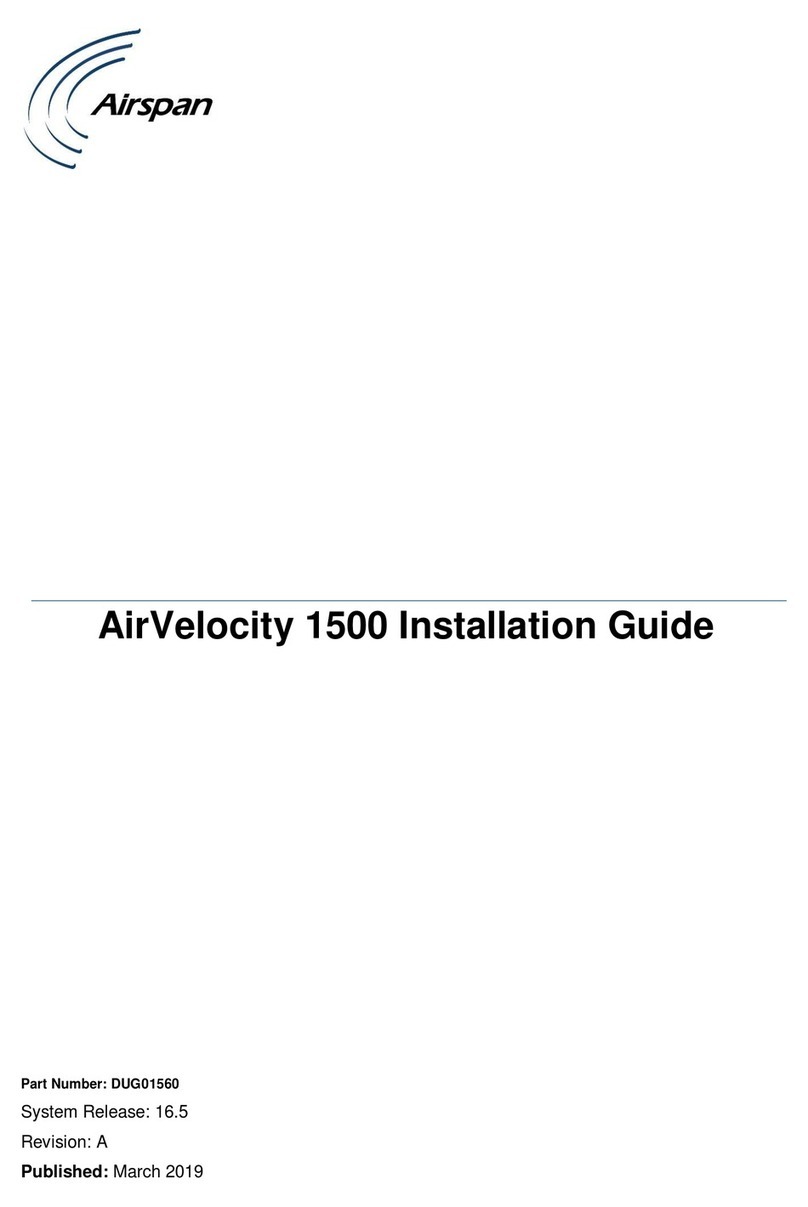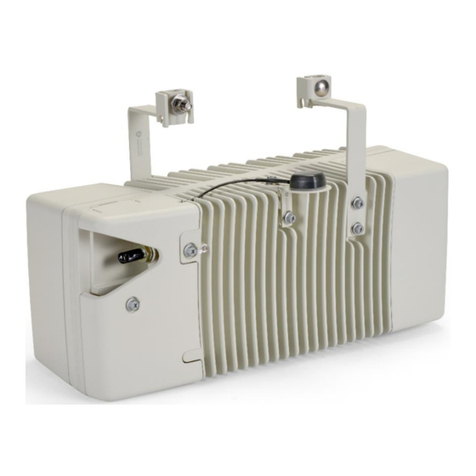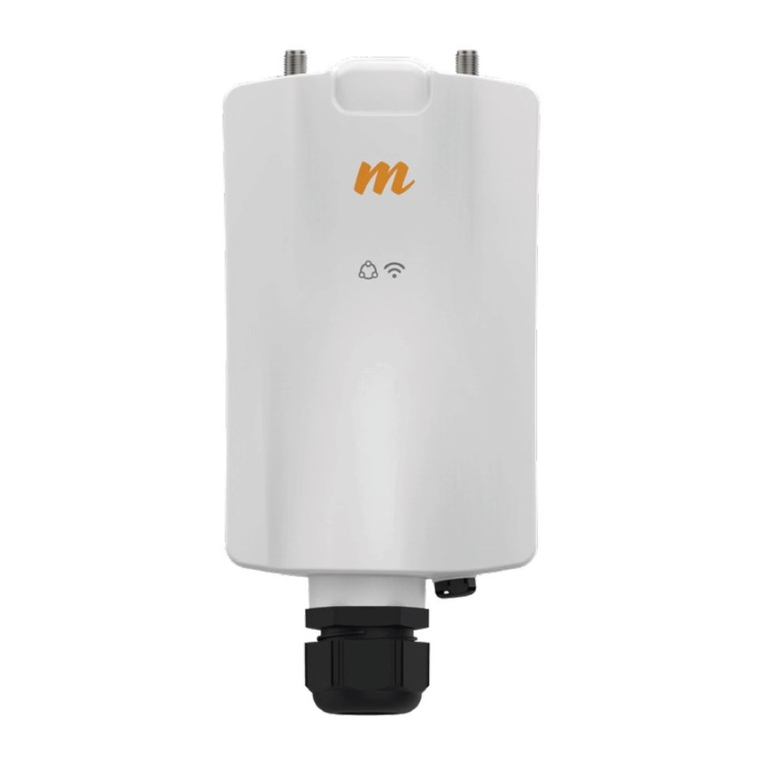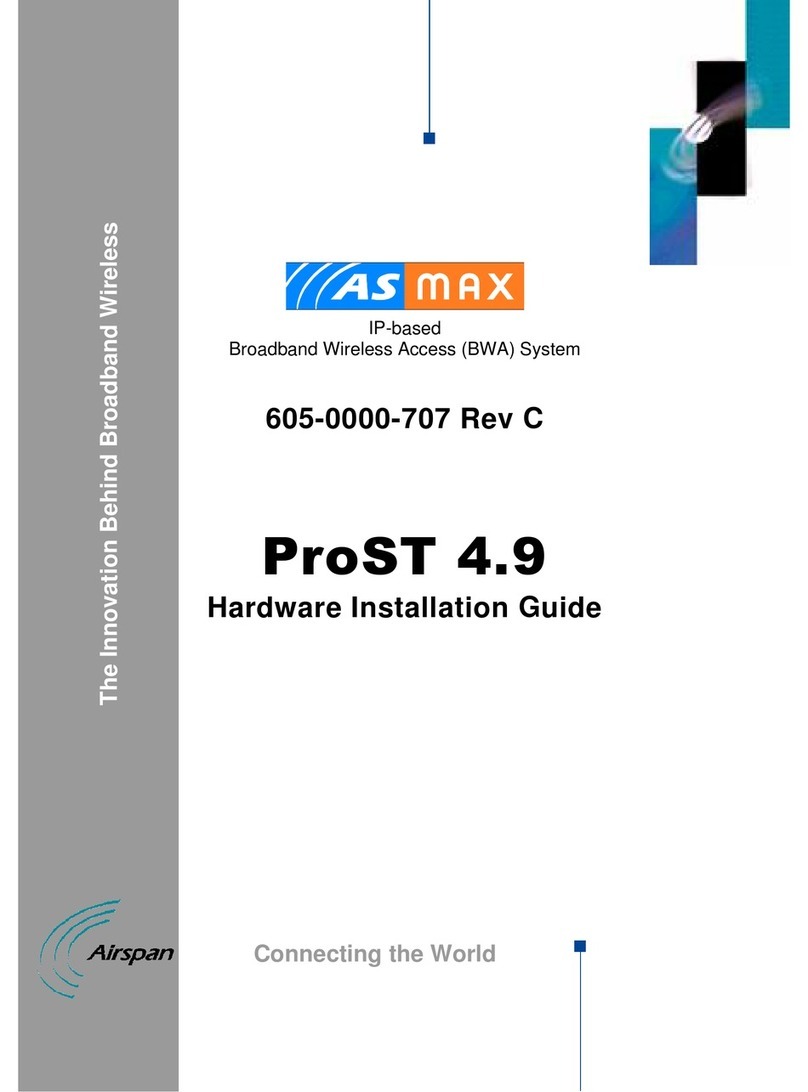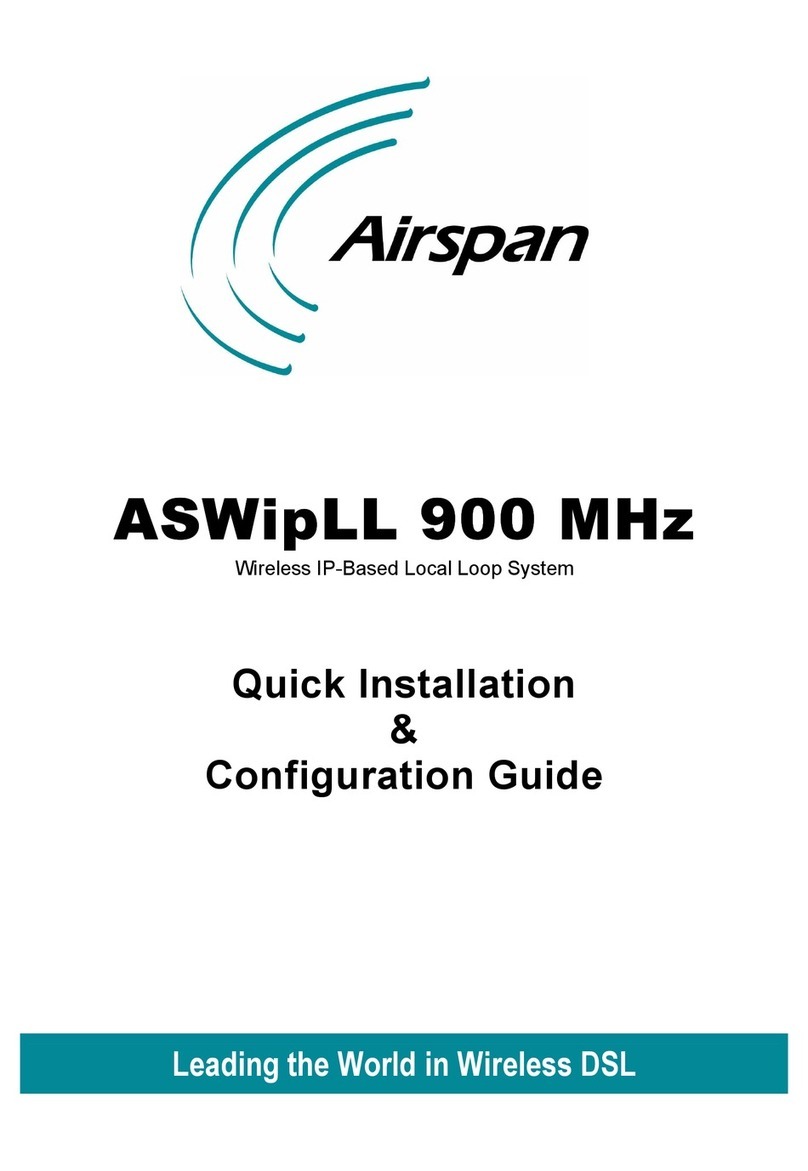
605-0000-701 EasyST Hardware Installation User Guide Rev I
2
Table Of Contents
Introduction.......................................................................................................................4
Purpose..........................................................................................................................4
Targeted Audience ...........................................................................................................4
Referenced Documentation................................................................................................4
Conventions....................................................................................................................4
Warnings and Cautions........................................................................................................5
Human Exposure to Radio Frequencies................................................................................5
Radio Interference ...........................................................................................................5
Avoiding Radio Interference...............................................................................................5
Modifications ...................................................................................................................5
Manufacturer's Disclaimer Statement ..................................................................................5
Declaration of Conformity ....................................................................................................6
European Community, Switzerland, Norway, Iceland, and Liechtenstein ...................................6
Declaration of Conformity with Regard to the R&TTE Directive 1999/5/EC.................................6
Fcc Interference statement...................................................................................................8
Federal Communication Commission Interference Statement..................................................8
Maximum Output TX Power ...............................................................................................9
System Overview.............................................................................................................. 10
EasyST Frequency Ranges............................................................................................... 11
Main Features................................................................................................................ 11
EasyST-2 Frequency Ranges............................................................................................ 12
Main Features................................................................................................................ 12
Architecture .................................................................................................................. 13
EasyST Models............................................................................................................ 14
EasyST Block Diagram ................................................................................................. 14
EasyST Protocol Stack .................................................................................................... 15
Theory of Operation ....................................................................................................... 16
Installation Prerequisites.................................................................................................... 17
Package Contents........................................................................................................... 17
Minimum PC Requirements.............................................................................................. 17
Required Tools............................................................................................................... 17
Physical Description .......................................................................................................... 18
Physical Dimensions ....................................................................................................... 18
Ports............................................................................................................................ 18
LEDs ............................................................................................................................20
LED Button.................................................................................................................... 22
Cabling............................................................................................................................ 23
Connecting EasyST to a Computer.................................................................................... 23
